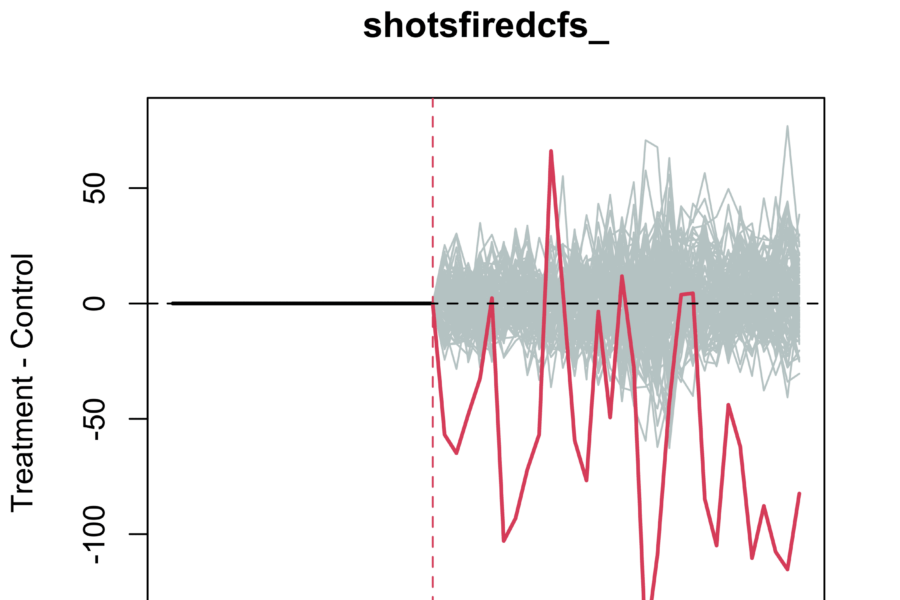Project Summary:
Using over 15 years’ worth of data form a variety of sources, the research team will measure the efficiency and effectiveness of gunshot detection technology (GDT) systems in Chicago, IL and Kansas City, MO. Differences in how GDT was deployed in Chicago and Kansas City will provide additional insight. The Kansas City Police Department installed GDT in October 2012, with the target area covering approximately 3.5 square miles of the city and remaining unchanged to this day. Conversely, Chicago Police Department installed GDT over approximately 3.0 square miles of the city in August 2012 with the coverage area expanding to over 100 square miles by March 2018. For both Chicago and Kansas City, the research team will determine the effect associated with the initial deployment of GDT. For Chicago, the research team will additionally measure whether GDT effect remained static over time or if program effect changed as the system expanded.
Project Description:
The research team will explore 4 distinct research questions for both Kansas City and Chicago: 1. What effect does GDT have on officer responses to and time spent on gunfire scenes?; 2. What effect does GDT have on the collection of ballistic evidence?; 3. What effect does GDT have on the occurrence of gun crimes?, and; 4. What effect does GDT have on criminal investigations (i.e. case closure) of gun crimes? The 15-year study period allows for a longitudinal time series design that best addresses threats to internal and causal validity. The recently developed microsynthetic control matching approach will enable the creation of a control area that is statistically equivalent to the cumulative units in the target area, approximating the conditions of a randomized experiment.
Funder:
National Institute of Justice







